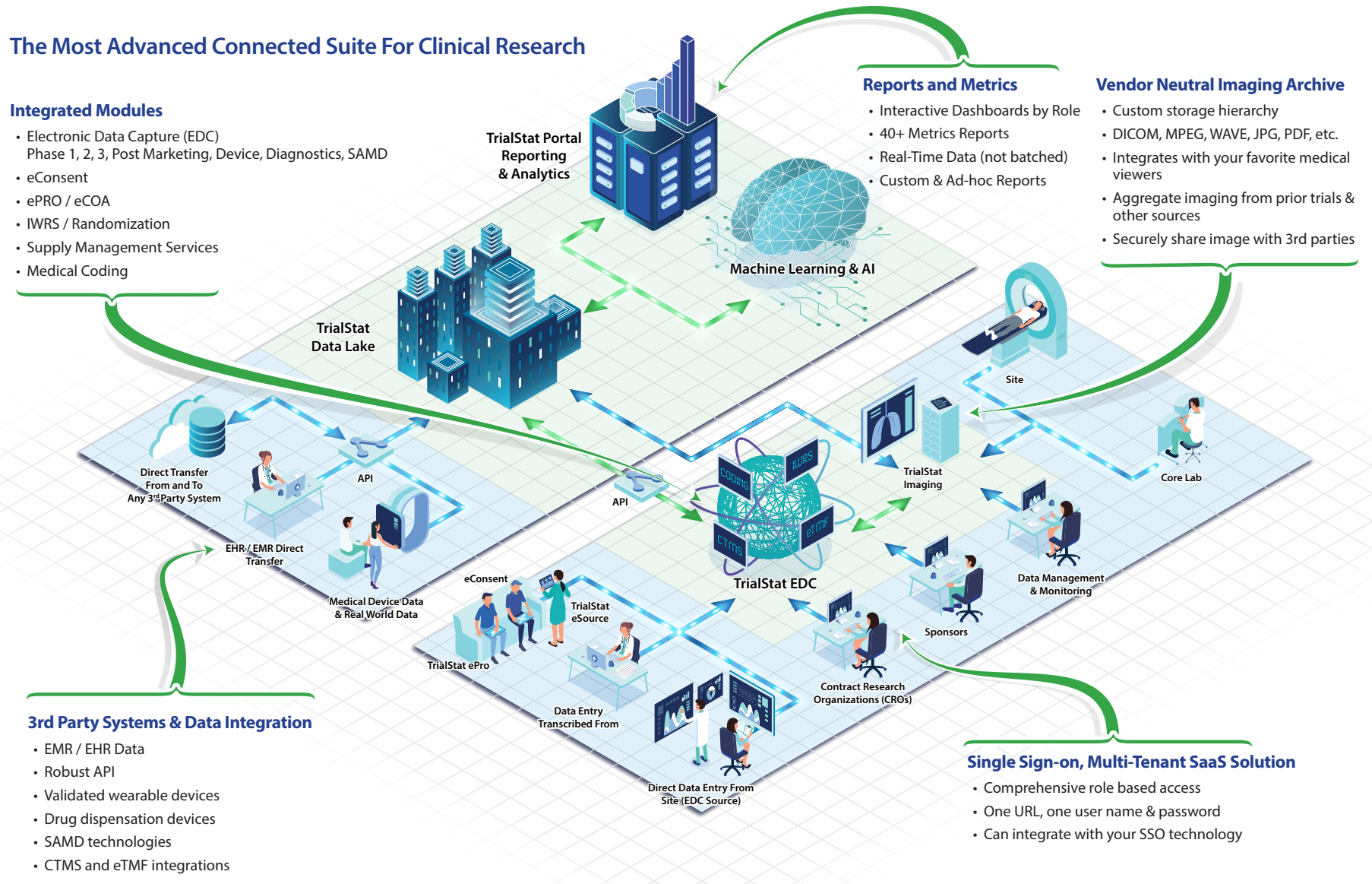Electrical stimulation helps paralysed people walk again — and now we know why
Detailed gene-activity map could pave way for more precise treatments for many more people with spinal-cord injuries.
Excerpt from the Press Release:
Neuroscientists have identified the nerve cells responsible for helping paralysed people to walk again, opening up the possibility of targeted therapies that could benefit a wider range of people with spinal-cord injuries1.
Severe spinal-cord injuries can disrupt the connection between the brain and the networks of nerve cells in the lower spine that control walking. In 2018, neuroscientist Grégoire Courtine at the Swiss Federal Institute of Technology in Lausanne and his colleagues showed that delivering electrical pulses to those lower-spine nerves — a technique known as epidural electrical stimulation (EES) — could, when combined with intensive training, get people with this kind of spinal-cord injury walking again2. All three participants in a trial went from having severe or complete motor paralysis and minimal sensation in their legs to being able to take steps on their own, or with a walker or crutches. Two other teams showed similar results that year.
Click the button below to read the entire Press Release:
Discover What Sets TrialStat Apart From Ordinary EDC Platforms
Click the image or button below to explore our eClinical Suite Platform and discover what sets TrialStat apart from competing EDC platforms.
Request Your Demo Today!
From rapid database build through database lock, we deliver consistent quality on-time and on-budget. Ready to upgrade your eClinical toolkit?

